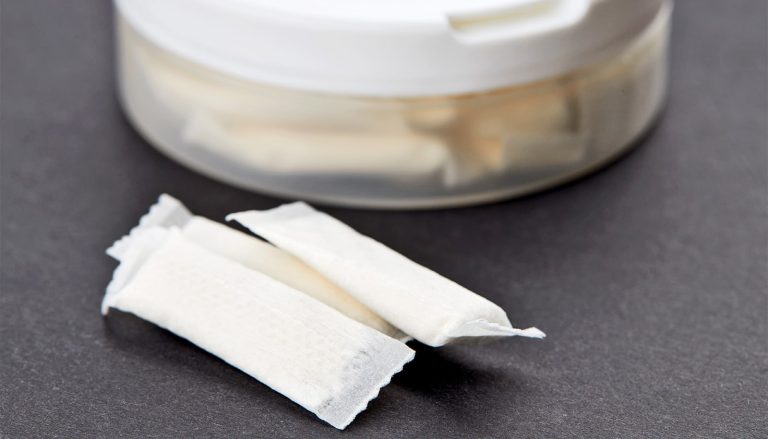Tag: Used Car
The Ultimate Guide to Inspecting a Used Car Before Purchase
Purchasing a used car can be a smart financial decision, but it requires careful inspection to ensure you’re getting a reliable vehicle. The following outlines the essential steps to take before making a purchase.
1. Exterior Examination
Begin by thoroughly inspecting the car’s exterior. Look for any signs of rust, dents, or scratches. Check the paint job to see if it is even; mismatched paint could indicate repairs after an accident. Inspect the condition of the tires, ensuring they have sufficient tread and are evenly worn. Uneven wear could indicate alignment issues or suspension problems. Don’t forget to check the condition of the lights, windows, and mirrors.
2. Interior Check
Next, move to the interior of the car. Examine the seats for tears, stains, or unusual wear. Ensure all seat adjustments are functioning correctly. Test all the electronic components, including the air conditioning, heating, windows, and infotainment system. Pay attention to any unusual smells, which could be indicative of mold or previous water damage.

3. Under the Hood
Open the hood and inspect the engine bay. Look for any signs of leaks, corrosion, or worn hoses and belts. Check the oil level and condition; it should be dark brown but not black, and there should be no metal particles. Inspect the coolant and brake fluid levels, ensuring they are at appropriate levels and free of contaminants. While you’re there, check the battery terminals for corrosion.
4. Test Drive
A test drive is crucial for assessing the car’s performance. Start by turning on the car and listening for any unusual noises from the engine. During the drive, pay attention to how the car handles, brakes, and accelerates. Test the steering responsiveness and ensure there are no vibrations at high speeds.
5. Vehicle History Report
Before finalizing your purchase, obtain a vehicle history report. This report provides crucial information about the car’s past, including previous ownership, accident history, and any reported repairs. This can help you avoid cars with a problematic history or undisclosed issues.
6. Professional Inspection
Even if you’re confident in your inspection skills, it’s always wise to have the car checked by a professional mechanic. They can provide a more detailed assessment and identify potential issues you might have missed.
Inspecting a used car thoroughly before purchase is essential to ensure you’re making a wise investment. By following these steps, you can identify potential issues and make an informed decision, ensuring you drive away with a reliable and safe vehicle.










